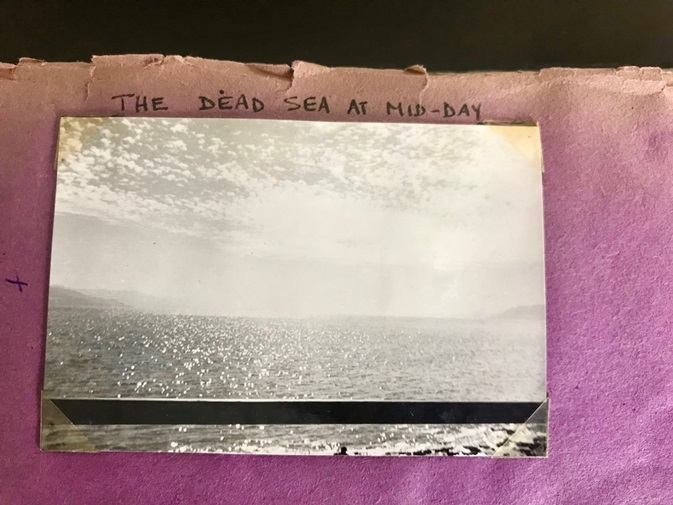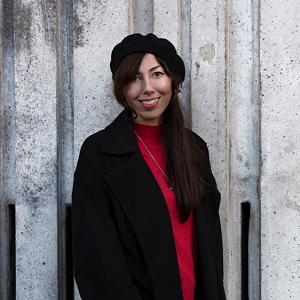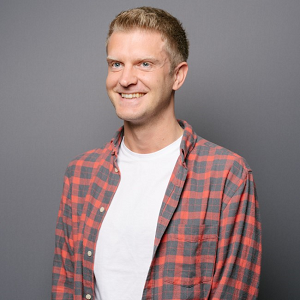
The Afterlife of an Image begins after a photo or a film has survived an event of plundering and destruction. It is a life of hiding which its rescuer impose on it in an attempt to ensure its continual survival. This work traces a collection of Palestinian photos and films that have been ejected from public spheres following a series of violent events. It examines the effect of colonial plundering on the form and subject of surviving images: how prints of the plunderers and their violence have now become embedded within the form and subject of a given image, affecting the way in which it is gazed at and appropriated by artists and academics.
This research acknowledges that the transformation experienced by the image has not come about naturally and has instead been violently imposed on the image: divorcing it from the intensions of the artist who created it and from its subjects, the people and places who were captured within the image. To confront the imposed transformation, the research engages into a cathartic process that involves reclaiming, rearranging, spectating and reusing this visual material in its now new form to enable healing from the violence and to reconnect with the violated images.
The research also proposes an ethical framework when dealing with a visual archive that has been subjected to colonial plundering. The framework is designed to halt offering fragments of the stolen archive to the original owners of the archive and making them experience it in it’s second hand form without revealing the actual archive.
The themes and subjects of the research are explored through: the act of curating plundered images, examining hidden visual archives, and the remaking of one of the Palestinian Liberation Organization, PLO, films that have survived plundering.
To find out more about the research please visit: www.thevoidproject.org.





